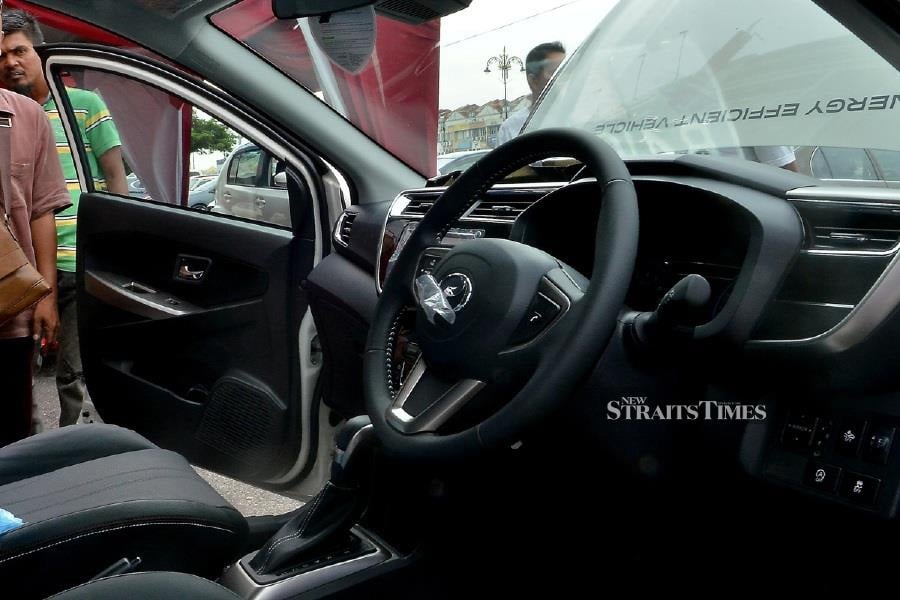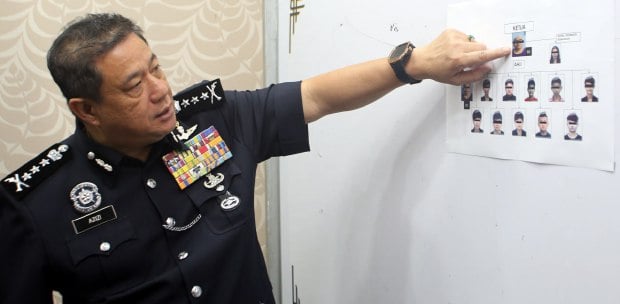KUALA LUMPUR: Full vehicle financing has never been an option, as customers are always required to pay a minimum of 10 per cent upfront in order to secure a loan from any financial institution, according to analysts.
Automotive analyst Shamsul Yunos said Bank Negara Malaysia (BNM) does not officially recognise terms like full financing or 'full loan' for car purchases.
Instead, the term 'full loan' is a practice used by some dealers to attract customers.
"In the past, some dealers added hidden costs to the car price to cover the customer's deposit by including several items in the loan application submitted to the bank.
"This practice has become more difficult with the more transparent e-invoicing system," he said.
Recently, claims have been circulating on social media suggesting that the government plans to implement an e-invoicing system for vehicle sales starting in August.
This move aims to eliminate the practice of offering full loans for car purchases. Consequently, buyers would be required to make a minimum 10 per cent down payment.
It has been understood that some dealers previously employed the practice of offering full loans by bundling additional packages or accessories onto the invoice.
This was done to inflate the loan amount to match the car's price before submitting the loan application to the bank.
For example, Car A's on-the-road price, including insurance, is RM50,000. According to the current rules, the bank's approved loan amount would be RM45,000 (90 per cent), while the remaining RM5,000 would be the 10 per cent deposit the buyer must pay.
Since the buyer is unable to pay the 10 per cent deposit, they have no choice but to agree to a 'full loan' with the dealer adding several accessories and packages to make up the on-the-road price of RM50,000.
In other situations, the loan application might be higher than the car price, allowing the dealer to offer 'cashback' to the customer.
Another automotive analyst, Hezeri Samsuri, said according to vehicle hire-purchase loan laws, the maximum limit allowed has always been up to 90 per cent, not 100 per cent.
"What happens is a lack of control from BNM, and various parties abuse the way invoices are made by including the car price with accessories or additional packages, thereby increasing the 'selling' price on paper.
"The vehicles received do not come with the packages or variants included during the loan application," he said.
Hezeri said young buyers could look for more affordable vehicles.
"Financial discipline is something the government needs to enforce, and a hire-purchase loan of up to 90 per cent is very high in the global automotive industry," he said.
Shamsul suggested several recommendations to help young buyers with low salaries own cars, including raising awareness about the importance of saving for a deposit before buying a car and offering car financing schemes with lower down payments and more extended repayment periods.
"There might be financial assistance programmes for young car buyers, or they could explore the possibility of using financial technology to provide better financing access for young buyers.
"In reality, buying a car is a significant financial decision. Young buyers should carefully consider their financial capability before purchasing a car," he said.





